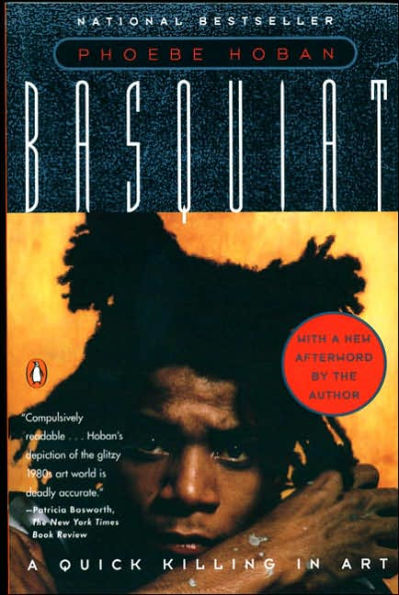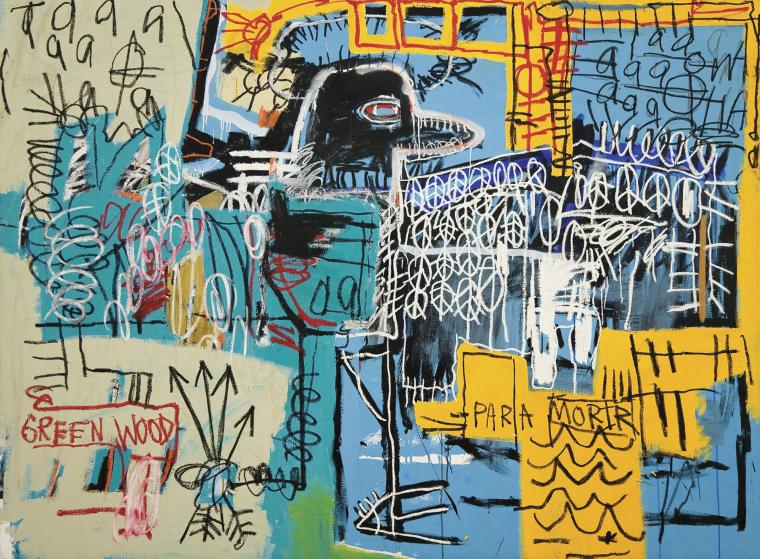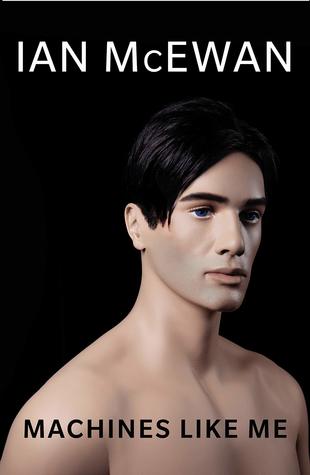
The Village Voice, the storied New York alt-weekly that shut down in 2018 after a 63-year run, will live again. Brian Calle, the chief executive of Street Media, the owner of LA Weekly, said on Tuesday that he had acquired the publication from its publisher, Peter D. Barbey. “I think a lot of people will be hungry for this and I’m superoptimistic,” Mr. Calle said in an interview.
— “The Village Voice Rises From The Dead” Katie Robertson, The New York Times December 22, 2020
Although I never anticipated it, attending college in Ann Arbor, Michigan during the late Seventies awarded me with an accidental education in popular music. I couldn’t have received better training to be a rock critic if I tried — possibly not even in New York. Not only was there a thriving punk/new wave scene along the metropolitan Detroit-Ann Arbor corridor, but the student-run Eclipse Jazz concert series at the University of Michigan exposed me to the length and breadth of this native American music. Over the course of 1977 and ’78 I attended concerts by Sonny Rollins, Dexter Gordon, Ella Fitzgerald, Roy Eldridge, Johnny Griffin, Art Blakey, Woody Shaw, Cecil Taylor, Sun Ra and The Art Ensemble of Chicago. Even as an unschooled 20 year old, I sensed my amazing good fortune. What I didn’t — couldn’t have — comprehended was the setting of a pattern. With regard to witnessing musical moments, recognizing historic explosions of vast talent, I repeatedly found myself in the right place at the right time.
Though I was primarily motivated to attempt journalism after catching local appearances by Patti Smith, Talking Heads and The Ramones, my first assignment for The Michigan Daily turned out to be a concert review of a local bar band called The Look. And by this time, January 1979, I was looking beyond the Motor City for literary and musical inspiration.
Indeed it was the deluge of fresh, outrageous music coming out of New York in those days — punk rock, new wave — that jump-started my growing fascination with The City itself. In late 1977 I subscribed to The Village Voice from my Ann Arbor perch in order to keep up with the scene. Just reading the outlandish names of all those bands playing CBGB and Max’s Kansas City was so exotic, so exciting in those heady days of discovery: Theoretical Girls on the same bill with Sick Dick & the Volkswagens! Pretty soon I was devouring the entire newspaper every week: the sharp-shooting columnists and critics, the zealous investigative reporting and most important, the weirdly mesmerizing features, where more often than not the writer became part of the story. New York City Mayor Ed Koch once said, disapprovingly, that “the writers run The Voice.” That’s how the paper read as well, to me anyway. The Village Voice was all about the writers’ voices: highly subjective, slightly anarchic, often political, always pointed and impassioned. Simultaneously I decided that a) I had something unique to say and b) this disarmingly personal approach to journalism was a way to say it so that other people might conceivably pay attention.
Looking back at my article about The Look more than forty years later, I see how completely in thrall I was to The Village Voice. Rather than write a mere concert review I constructed a reported essay, including: a general overview of the Top 40 cover band circuit that also specified how The Look both conformed and defied conventions with their eclectic repertoire of borrowed and original material; quotes from audience members; a brief interview with the band’s lead singer Dave Edwards; and my positive critical evaluation. We were a good match: both subject and writer harbored ambitions beyond their present station. When The Look released an album several years later, I wasn’t nearly as enthused about their music but felt genuinely proud of them anyway. We’d both moved on from our small-town success to a more formidable challenge: becoming bit players in a larger production.
I wrote dozens of other articles for The Michigan Daily over the next two years, mostly about music. Extending my senior year by a semester, I served as co-editor of the Arts Section for the calendar year of 1980. It was invaluable experience, learning by doing i.e. making mistakes on the printed page. Part of the enduring late Sixties legacy at the University of Michigan, the student paper in those days functioned without faculty supervision. In fact, during the one journalism course I took there, the professor urged us to keep the hell away from the Daily. As far as the staff was concerned, we weren’t student journalists; we were the college town’s morning newspaper, since The Ann Arbor News came out in the afternoon. Arrogant? No doubt, but this prevailing attitude among my peers also buoyed my confidence and pushed me past whatever self-consciousness and insecurity lingered in my post-adolescent mindset. Meeting deadlines didn’t leave time for questioning yourself.
Another New York publication kindled my writing aspirations in this formative period. I first read New York Rocker at my part-time record store job in Ann Arbor during the summer of 1979, before my senior year. This newsprint tabloid improbably appeared alongside slick publications like Billboard and Rolling Stone in the magazine rack near the checkout counter. My appetite for the new sounds coming out of lower Manhattan had been thoroughly whetted by The Village Voice, and New York Rocker further stimulated that hunger by covering each subsequent ripple, from radical no wave bands like the funky and confrontational Contortions to more user-friendly New York immigrants like the party-starting B-52s from collegiate Athens, Georgia. Sharp writing and splashy graphics distinguished New York Rocker from the amateur enthusiasm of the do-it-yourself journals that came to be known as fanzines. The Rocker proved to be an indispensable guide to the new music.
Abrasive and syncopated, the Contortions’ Buy LP took a while to sink in. But the B-52s’ joyous debut album became a favorite among my classically trained colleagues. While I still loved the energy of punk and the melodic thrust of power pop, when the Knack hit with “My Sharona” that summer, my taste began to expand beyond the confines of rock and roll.
Controversially, I often picked the latest disco singles when it was my turn to choose the in-store soundtrack. Though never a dancer, I was attracted to Chic and Donna Summer by the soulful singing and sophisticated rhythmic pulse; disco trifles like “I Love The Night Life” by Alicia Bridges or Anita Ward’s “Ring Your Bell” were classic, catchy pop like the one-hit wonders of yore.
I’d been working part-time at Discount Records since summer 1978. Clerking in a record store was relatively low-impact compared to my previous part-time gigs: dorm cafeteria dishwasher and furniture store stock boy. Unlike those jobs, the absence of demanding physical labor at the record store permitted plenty of time for listening, and learning.
It was a survey course in popular music, and the music business. Studying the charts in Billboard and Record World, I also kept track of what sold in the store — and what didn’t. Naturally the job also afforded ample opportunity to hear new music. Our constant in-store soundtrack was more for the employees’ benefit than customers. Discount Records was largely staffed by classically trained musicians; students and refugees from University of Michigan’s music school who nevertheless displayed catholic taste. I was the token rocker, a cliched role I played to the hilt.
We were all ferociously opinionated about music, but remained open. We didn’t force our likes, and dislikes, onto customers like the obnoxious clerks in High Fidelity. Or at the very least we kept the cutting remarks to ourselves until the offending customers exited the store. So I just smiled and gritted my teeth when attractive young women I knew from various classes came in and purchased ghastly albums by Dan Fogelberg or Gino Vanelli.
For the next year, through the summer of 1980, I stayed busy and content: splitting my time between The Michigan Daily, the record store, oh yeah and attending classes too, never realizing that any idyllic season must end.
Boom. Autumn 1980 was a time of personal and political upheaval. Ronald Reagan’s election caught me and many others completely off guard. On November 4, election night, I attended an informal staff gathering at the student newspaper office. We anticipated a late-night vigil, hunkered around the vintage AP wire machine and a cheap black & white television. Several six-packs of Molson were surely on hand. Eventual victory for Jimmy Carter was assumed if not at all assured. But the evening ended early, and joylessly. Awaking the next day and stumbling to class, the realization hit: I’d been living in a liberal college-town bubble for the last four and a half years.
I graduated in December and returned home to Cincinnati. Armed with a BA in psychology and several hundred LPs, I reclaimed my old bedroom and fitfully plotted my next move. The holiday season sped by in a cheery, beery blur. January, however, proved to be a cruel month for job searching. Especially for a budding journalist, operating from his parents’ fake wood-paneled suburban basement. I sent out my resume and article clips, to increasingly smaller and smaller newspapers. The polite rejection letters piled up; taken individually they were depressing and considered collectively, devastating. I worried about where my chosen path was headed. At this rate, it might take ten years to land at The Cincinnati Enquirer or Cleveland’s Plain Dealer. High time to concoct a Plan B.
My weekly copy of The Village Voice now arrived in my parents’ mailbox. I frequented a punk/new wave record store off Calhoun Street near the University of Cincinnati that carried New York Rocker along with all the latest UK import albums and indie-label singles. The nerdy Nimrod of a manager shrugged off my inquiry about part-time employment and registered open annoyance at my many browsing-only visits. Though I couldn’t afford to buy records, vicariously I tried to keep up.
Driving my parents’ second car around town, I tuned in to WCIN-AM, the local R&B station; partially because the mainstream rock stations were so dire in those days, dominated by the AOR Axis of Evil (Journey, Styx and Kansas), but also because the bass-heavy sound of funk and the fleet-footed swing of disco sounded so much better, frankly, than everything else available. My epiphany occurred somewhere on Winton Road, heading uphill toward our modest family home in the ranch-house oasis of Finneytown. Lakeside’s “Fantastic Voyage” came pumping out of the cheap Volkswagen speakers and I realized this funky strut rocked more effectively than any current rock and roll, new wave or old hat. Growling along with the lyrics and drumming on the steering wheel, my mind accelerated beyond the speed limit. And as my musical horizons broadened, so did my dreams. Suddenly I realized where I’d always wanted to go and only now could summon the confidence to say out loud.
Ronald Reagan was inaugurated as President of the United States on January 20,1981. Two weeks later, I bought a one way train ticket to New York City.




